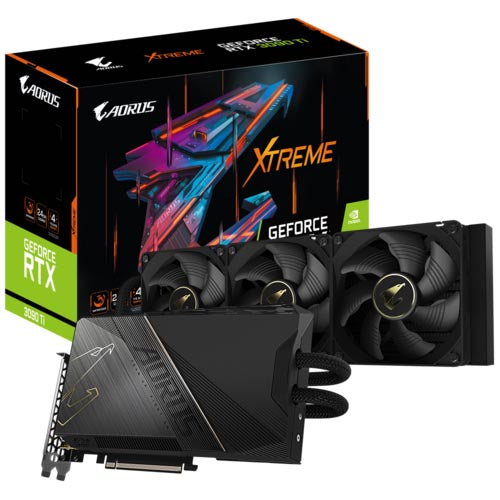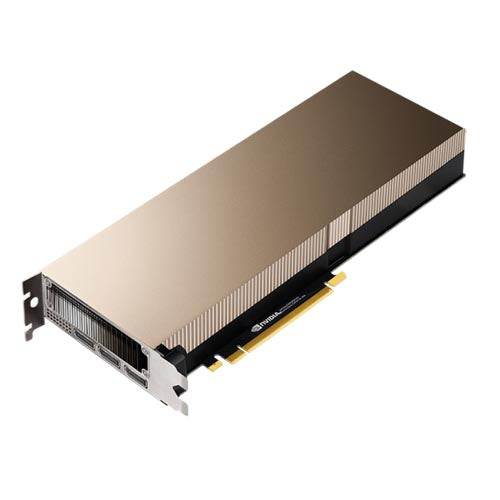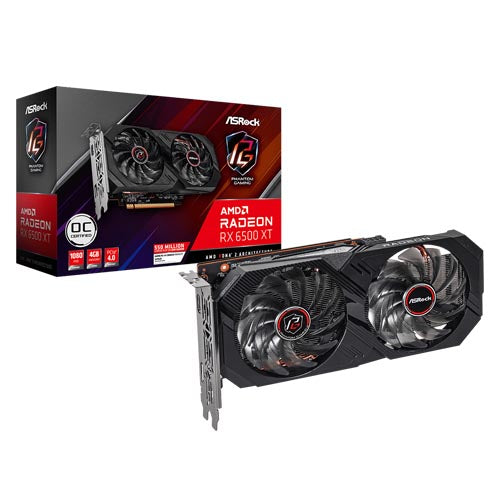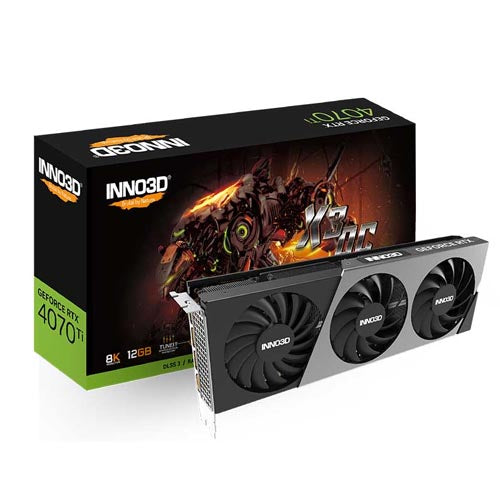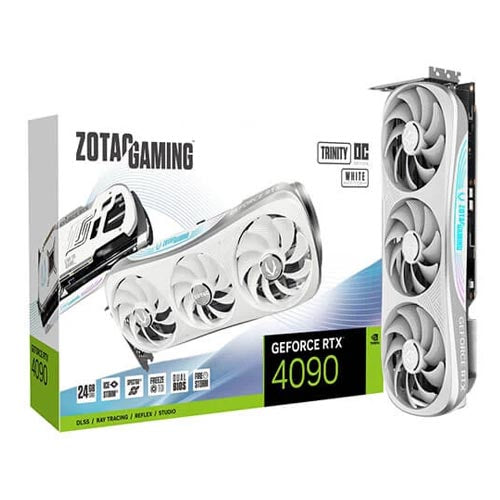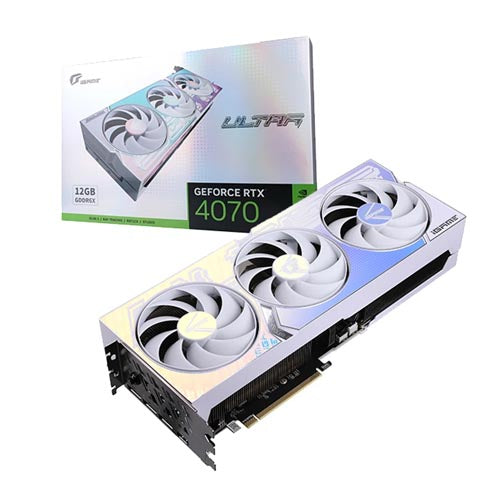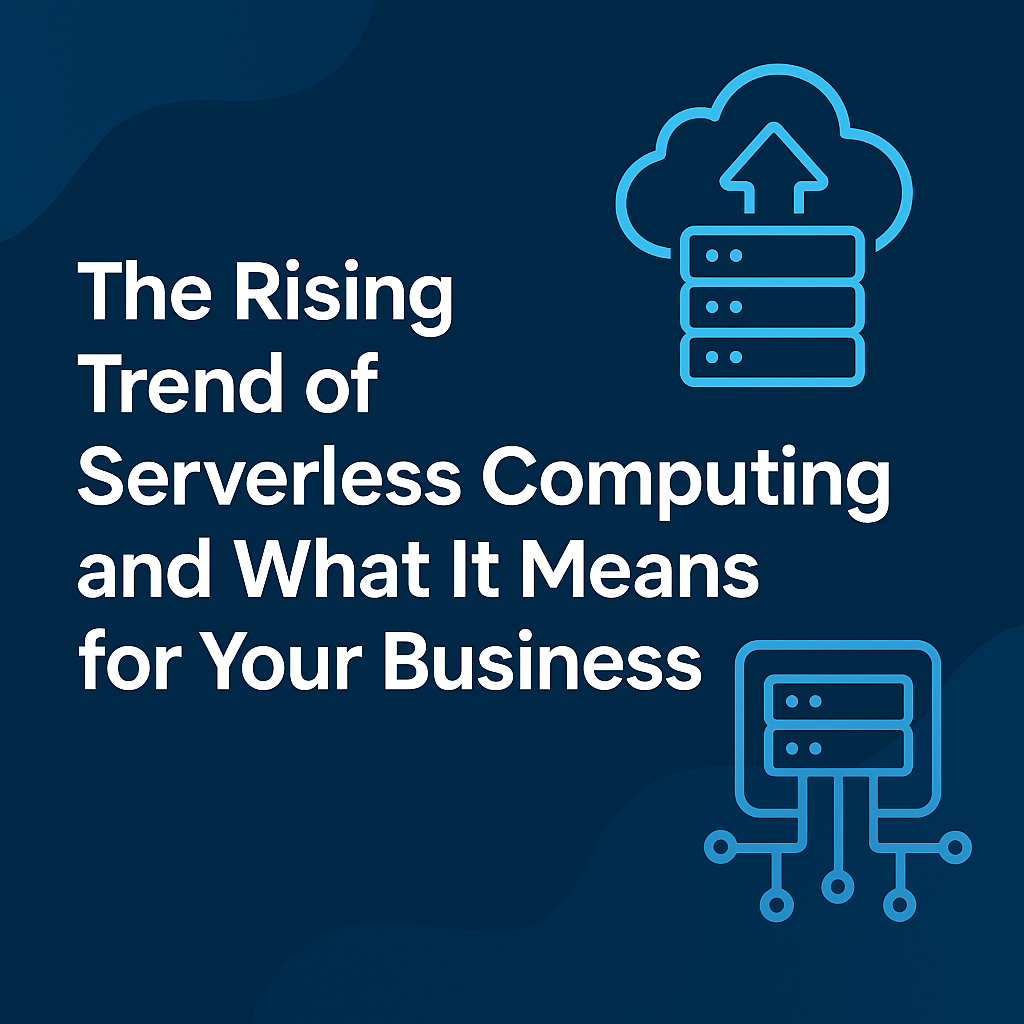
In the fast-paced world of finance, milliseconds matter, data volumes are staggering, and the cost of downtime is measured in millions. From core banking systems and online payment gateways to high-frequency trading (HFT) platforms and risk management software, financial institutions rely heavily on robust server solutions to deliver uninterrupted, secure, and high-performance services.
This blog takes a technical deep dive into why financial institutions choose enterprise-grade server solutions and what architectural decisions drive their infrastructure strategy.
The Unique Infrastructure Demands of Financial Institutions
Unlike many industries, financial IT environments face a combination of challenges:
-
-
Ultra-Low Latency Requirements:
Trading platforms need sub-millisecond response times to execute orders ahead of competitors. -
High Transaction Volumes:
Core banking systems process thousands of transactions per second, requiring highly available backend servers. -
Regulatory Compliance:
Financial institutions must meet data privacy, auditing, and reporting standards like PCI DSS, SOX, GDPR, and MiFID II. -
Data Security:
Given the sensitive nature of financial data, institutions face constant cyber threats and must deploy multi-layered defenses. -
Disaster Recovery and High Availability:
Downtime can directly impact revenue, regulatory standing, and customer trust.
-

Server Solution Requirements: Going Beyond Standard Hosting
Financial institutions don’t rely on basic web hosting or off-the-shelf servers. Their infrastructure demands purpose-built, performance-optimized, and security-hardened server environments.
Server Requirements Summary
| Parameter | Technical Requirement |
|---|---|
| Compute Power | Multi-core Xeon/EPYC CPUs with high clock speeds |
| Memory | High-capacity ECC DDR4/DDR5 RAM with low latency |
| Storage | NVMe SSDs with RAID 10/RAID 50 for I/O redundancy |
| Network | Low-latency 10GbE or 25GbE with failover NICs |
| Redundancy | Dual power supplies, RAID, multi-site failover |
| Security | Hardware encryption, TPM modules, BIOS lockdown |
Key Server Deployment Models Used in Finance
1. On-Premise Bare Metal Servers
Most Tier 1 banks still deploy on-premise servers in private data centers for core operations like transaction processing, fraud detection, and risk modeling.
Advantages:
-
-
Total control over hardware and data.
-
Ability to deploy low-latency networks using direct fiber.
-
Custom BIOS and firmware security hardening.
-
2. Colocation with Financial Data Centers
Many trading firms rent rack space at financial hubs like Equinix NY4, LD4, or CH1 to colocate servers closer to stock exchanges.
Advantages:
-
-
Reduced latency to exchange order books.
-
Direct cross-connects to liquidity providers.
-
3. Hybrid Cloud Deployments
While sensitive workloads stay on-prem, many banks use public or private clouds for non-critical workloads like analytics, CRM, and customer portals.
Popular hybrid solutions include:
-
-
AWS Outposts
-
Azure Stack
-
Google Anthos
-
Security Architecture: Defense in Depth
Financial servers are prime targets for attackers ranging from state-sponsored groups to cybercriminal syndicates.
Key Security Practices:
-
-
Hardware-Level Security:
TPM chips, Secure Boot, BIOS lockdown. -
Network Security:
Firewalls, DDoS protection, micro-segmentation, IPS/IDS systems. -
Data Encryption:
Full-disk encryption (BitLocker, LUKS), encrypted backups, TLS 1.3 communication. -
Access Controls:
Role-Based Access Control (RBAC), Multi-Factor Authentication (MFA), Zero Trust Networking. -
Logging and Monitoring:
SIEM solutions (Splunk, IBM QRadar) monitoring every login, file access, and network packet.
-

Storage Solutions: Speed Meets Redundancy
In finance, both read/write performance and data durability are non-negotiable.
Recommended Storage Architectures:
-
-
NVMe over Fabrics (NVMe-oF):
For ultra-low latency trading apps. -
SAN/NAS Arrays:
For scalable file storage, often with built-in redundancy and snapshot support. -
RAID 10 or 50:
For balancing performance and fault tolerance. -
Write-Ahead Logging (WAL):
Used in databases like PostgreSQL to ensure data integrity in case of crashes. -
Regular Snapshotting & Replication:
Critical for quick recovery in case of ransomware or disk failure.
-
Network Configuration: Designing for Low Latency and Redundancy
For financial institutions, network design directly impacts transaction speed and service uptime.
Technical Network Features:
-
-
Dual NIC bonding for failover
-
Direct fiber connections for sub-millisecond latency between data centers
-
Load balancing for distributing incoming API calls or trading requests
-
DDoS mitigation appliances at the perimeter (Arbor, Radware, etc.)
-
BGP Anycast routing for global financial platforms ensuring low-latency routing.
-
High Availability and Disaster Recovery Design
Downtime in finance = loss of money and reputation.
Typical HA Design for Financial Servers:
-
-
Active-Active Clustering:
Run multiple live servers across geographically separate data centers. -
Database Replication:
Use PostgreSQL streaming replication, MySQL Galera Cluster, or Oracle RAC. -
Failover Automation:
Configure HAProxy or F5 load balancers to reroute traffic instantly during node failures. -
Data Center Redundancy:
Minimum of two Tier III+ data centers for BCP (Business Continuity Planning). -
Backup Strategies:
Hourly incremental backups + daily full backups + monthly offsite archiving.
-
Monitoring and Performance Tuning
Real-time visibility into server health and application latency is essential.
Monitoring Tools:
-
-
Infrastructure Monitoring:
Prometheus + Grafana, Zabbix, Nagios. -
Application Performance Monitoring (APM):
New Relic, Dynatrace, AppDynamics. -
Network Latency Tracking:
ThousandEyes, SolarWinds NPM. -
Log Aggregation:
ELK Stack (Elasticsearch, Logstash, Kibana) or Splunk.
-
Set thresholds and automated alerts for CPU load, IOPS, network utilization, disk space, and failed login attempts.
Compliance and Auditing Requirements
Every deployment in financial IT infrastructure must meet regulatory standards.
Common Regulations:
-
-
PCI DSS (Payment Card Industry Data Security Standard)
-
SOX (Sarbanes-Oxley Act)
-
GDPR (For EU customer data)
-
GLBA (Gramm-Leach-Bliley Act)
-
MiFID II (For European trading systems)
-
Technical Controls:
-
-
Audit trails for all user actions.
-
Encryption key management solutions (HSMs).
-
Secure logging mechanisms.
-
Scheduled vulnerability assessments and penetration testing.
-
Automation and Infrastructure Management
To reduce human error and manage configuration drift across hundreds of servers:
Common Automation Tools:
-
-
Ansible for configuration management.
-
Terraform for provisioning server infrastructure.
-
Chef/Puppet/SaltStack for policy enforcement.
-
Jenkins for deployment pipelines.
-
For financial institutions practicing DevOps in regulated environments, infrastructure as code (IaC) is now a standard.
Real-World Example: High-Frequency Trading Firm
Scenario:
A global HFT firm needed infrastructure capable of executing trades within microseconds.
Server Setup:
-
-
Bare metal Dell PowerEdge R740 with Intel Xeon Gold processors.
-
512 GB RAM with ultra-fast NVMe storage.
-
25GbE direct fiber connection to stock exchanges.
-
Kernel-level network optimizations using DPDK and Solarflare NICs.
-
Real-time OS tuning (IRQ affinity, CPU pinning, kernel bypass networking).
-
Result:
-
-
Reduced trade execution latency by 30%.
-
Achieved 99.999% uptime across global trading regions.
-
Passed quarterly penetration tests and audit reviews.
-
Summary Checklist: Key Technical Requirements for Financial Servers
| Category | Recommendation |
|---|---|
| Compute | Multi-core Xeon/EPYC CPUs, high clock speed |
| Memory | High-capacity ECC RAM |
| Storage | NVMe SSDs + RAID + replication |
| Network | 10GbE/25GbE NICs + DDoS protection |
| Security | TPM, hardware encryption, IAM, MFA |
| Availability | Clustering, failover, geo-redundancy |
| Monitoring | Prometheus, Grafana, SIEM integrations |
| Compliance | PCI DSS, SOX, GDPR, GLBA, MiFID II |
Conclusion: Why Robust Server Infrastructure is Non-Negotiable in Finance
For financial institutions, servers aren’t just machines sitting in a rack—they’re mission-critical infrastructure powering billions in transactions, protecting sensitive data, and ensuring regulatory compliance.
Investing in robust server solutions means more than buying top-tier hardware. It involves:
-
-
Thoughtful architecture design,
-
Security-first configurations,
-
Low-latency networking,
-
Redundant storage,
-
Real-time monitoring,
-
And proactive disaster recovery planning.
-
In a sector where performance impacts profitability, and downtime invites penalties, financial firms depend on robust server solutions as their first line of defense and their last guarantee of uptime.
"In finance, speed and security aren’t features—they’re survival factors."
